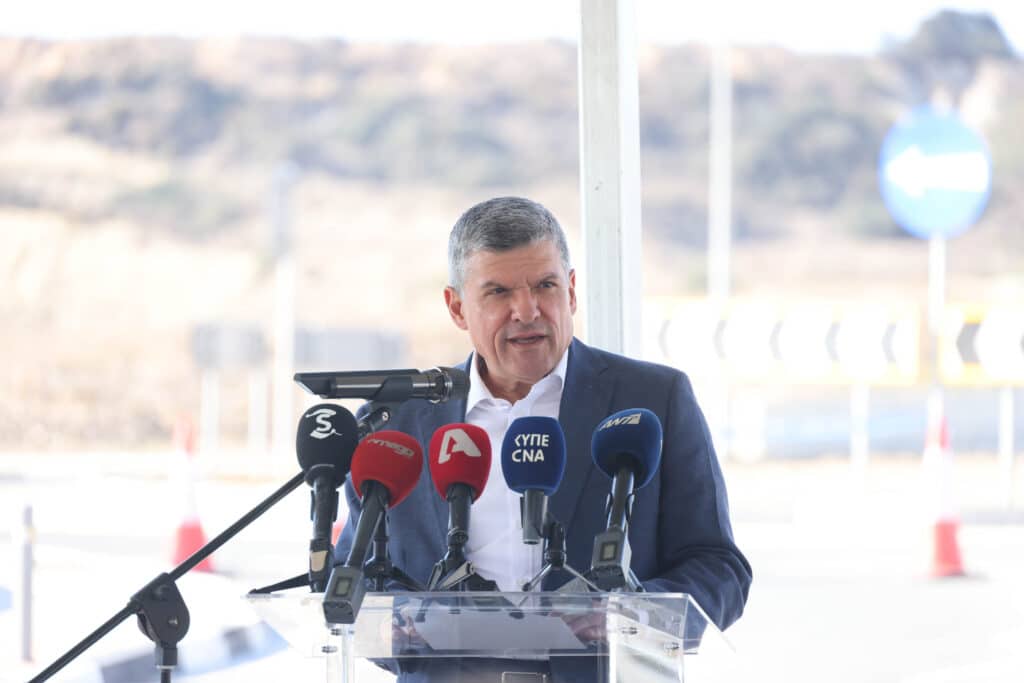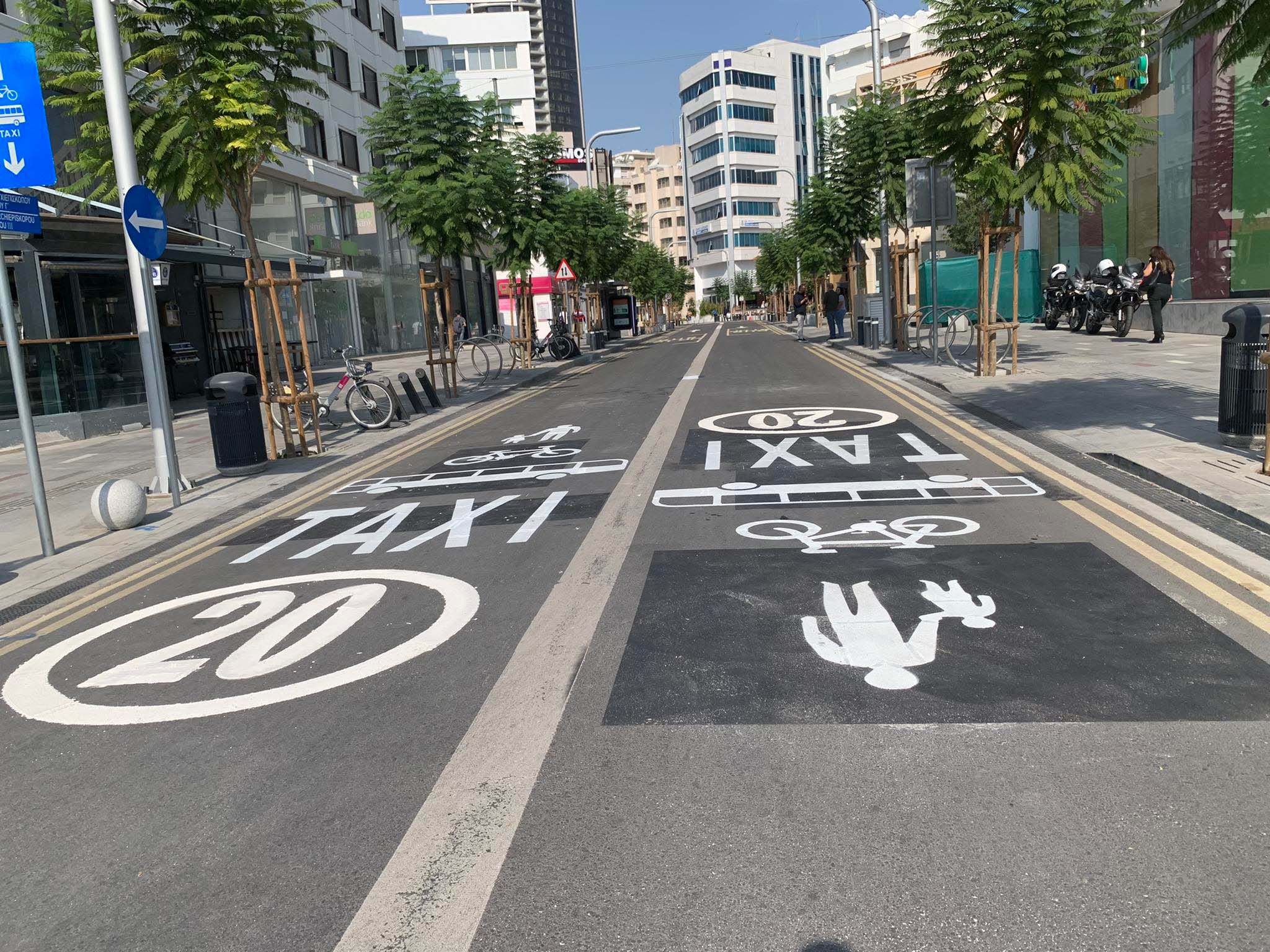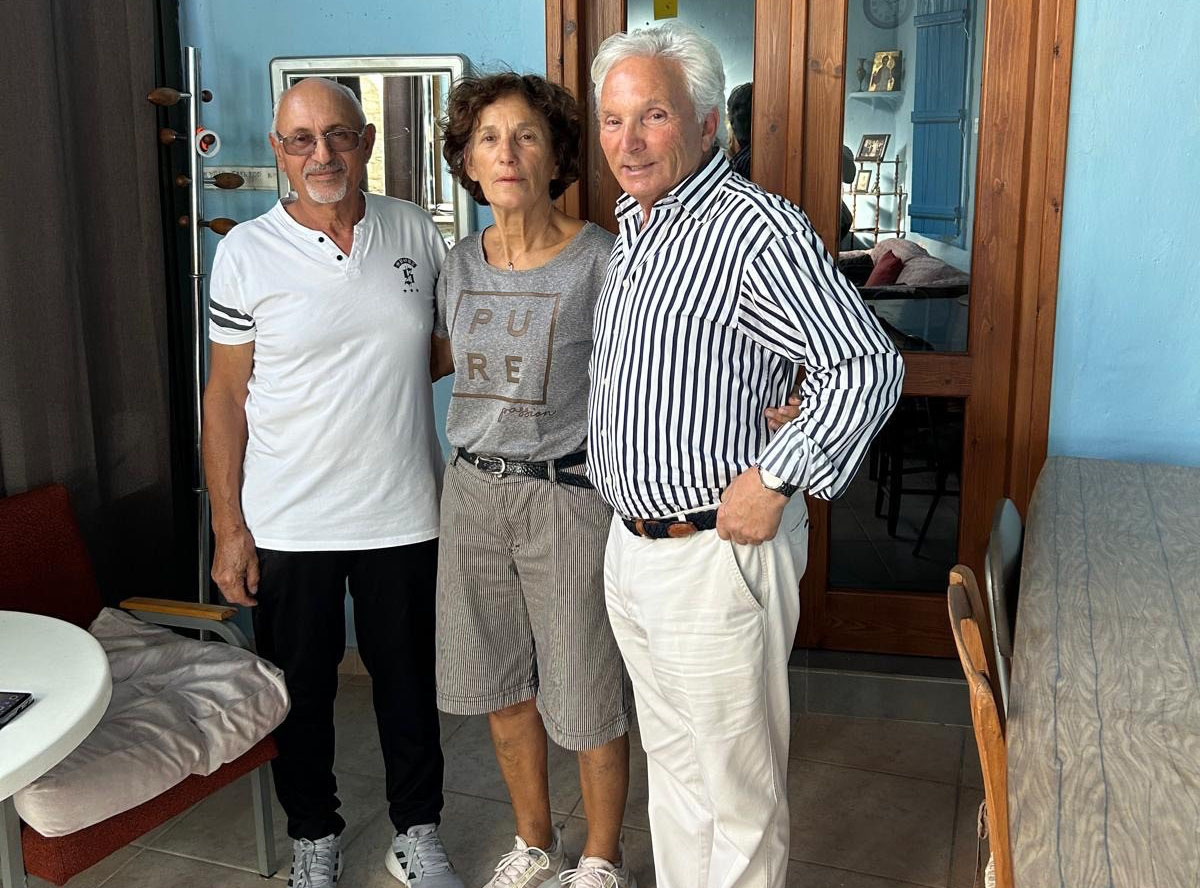The potential payment of €25 million by the Cypriot government to help finance the construction of the Great Sea Interconnector is “a matter between the governments” of Cyprus and Greece, Energy Minister George Papanastasiou said on Friday.
He was speaking after the Cyprus energy regulatory authority (Cera) announced on Thursday night that it had approved in the payment in principle, with the amount forming part of a total of €125 million worth of agreed payments to be made by Cyprus to Greece’s independent transmission system operator (Admie) between 2025 and 2029.
Those payments are to be made before the interconnector is operational, in effect helping finance the project and ensuring that Admie will have a stable income while investing in the project before it turns a profit.
Papanastasiou stressed to the Cyprus News Agency on Friday that Cera’s agreement in principle to pay the funds does not automatically mean that €25m will be sent to Admie.
He said that for the money to be sent, the project must be in progress in its entirety, and not just “in a single phase”, before going on to explain the structure of the payment Admie had demanded.
“Admie had claimed expenses of €250m. Cera, with its advisers, decided on Thursday that €82m of those costs are justified. However, just to the existence of a ceiling for the payment of €25m per year for five years … of that €82m, only €25m can be paid in 2025. The remaining €57m will be carried over to when the interconnector is operational,” he said.
He said Cera will now inform the transmission system operator (TSO) of its decision, and that the TSO will “create a mechanism” to “start the ‘virtual’ charging of consumers”.
This “virtual” charge, he said, will mean that in reality, consumers’ energy bills will not rise.
However, the Cyprus government has in recent weeks been reluctant to release the funds, with it having been reported that the finance ministry had “absolutely refused” to pay any money to Admie for the interconnector, on account of the fact that the project is “frozen”.
Newspaper Phileleftheros had reported that the finance ministry had refused to pay the €25m Admie had requested, and that the ministry will not acquiesce to the payment “if Admie does not convince it that the project is progressing well not only at the Nexans factory, but in the sea”.
Nexans is the French company manufacturing the cables to be laid under the sea to connect the countries’ electricity grids.
Papanastasiou was asked how the funds will be sourced if not from energy bills and answered that a previous cabinet decision “authorised the finance minister to find the resources”.
On this matter, he stressed that while Cera is the competent body to authorise payments, the sourcing of those payments is a “political issue”.
“Cera has no authority to disburse funds. It makes its decisions based on a regulatory framework. [Admie] is being informed today of this decision. It must create a mechanism for the tariff to exist. Whether the funds will be disbursed … is a matter between the two governments,” he said.
The sourcing of those funds has been a sticking point between Cyprus and Greece, with the Cypriot government aiming to avoid directly charging consumers to fund the payment.
As such, it had initially planned to utilise funds made available to it through the European Union’s emissions trading system (ETS) to make the payments. However, Admie has warned the Cyprus authorities that this arrangement may violate the EU’s rules on state aid, and as such asked Cera to begin charging consumers instead.







Click here to change your cookie preferences